Dell U3014 LCD Review
by Chris Heinonen on April 15, 2013 2:00 PM ESTI'm not too surprised, but the U3014 sure does calibrate quite well. Using CalMAN 5.1 and targeting the sRGB gamut, 200 cd/m2 of light output, and a 2.2 Power Gamma Curve, we obtained some mighty fine results.
Grayscale performance went from fine to superb. We see almost no colorshift at all in the RGB balance, even down at 0%, and an average CCT of 6551. The Gamma is close to ruler flat with a small bump at 5%, but an overall average of 2.22, and our average grayscale dE2000 is just 0.64. Our contrast dropped slightly to 863:1, but that’s a small sacrifice for this grayscale performance.
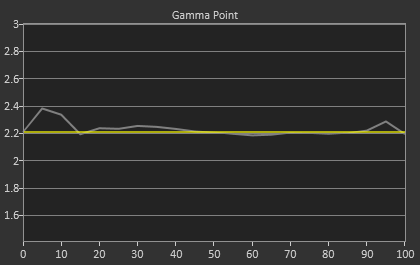
Colors were already good, but with the improved grayscale we dropped the average dE2000 down to 0.90. Color primary and secondary performance is pretty close to perfect here.
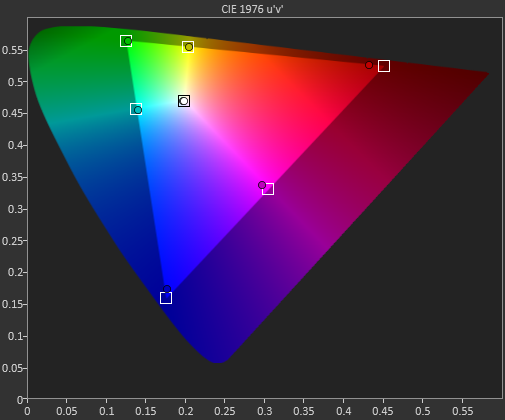
The Gretag chart saw a serious performance increase as well. Our average dE2000 is now 0.73, which means you can’t see any issues with the naked eye at this point. The tiny luminance errors are also totally gone, and if you’re looking for something to complain about on this chart, you’re going to have to keep looking. No error even gets close to 2.0, so this color is practically perfect.
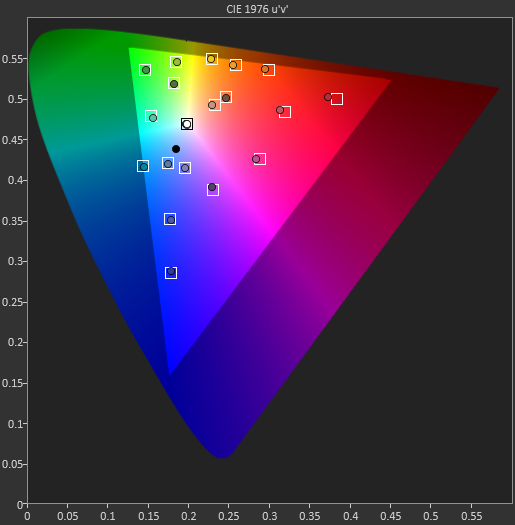
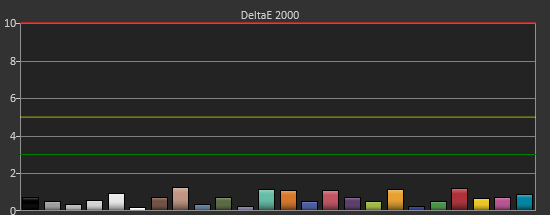

Saturations are just as perfect. Some numbers creep over a dE2000 of 1.0 but very few, and you can’t notice an error that small anyway. Unless you’re measuring with an instrument, it’s going to look perfect.


We also target print and photo applications, and for those we use the sRGB standards: 80 cd/m2 of light, and the sRGB gamma curve. Most of the numbers are directly comparable to the 200 cd/m2 numbers, so I’m going to focus on those that actually changed. First, the U3014 does a very good job of tracking the sRGB gamma curve. We can ignore the number, as unlike power the number varies across the curve, but we want to see how it lines up. The little bit from 0-5% where it doesn’t line up is likely because CalMAN can only measure those 2 points and would need to measure 1%, 2%, 3%, and 4% as well to track the curve better. Overall it tracks amazingly well, so it can do sRGB very easily.
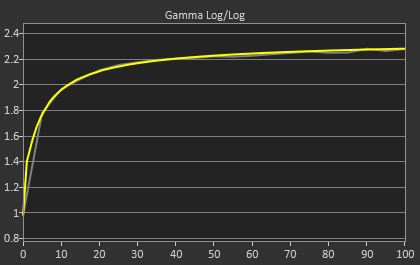
Our color errors are slightly larger, with Red and Blue both being slightly unsaturated in comparison to 200 cd/m2 though the error levels are still very low on average. They just aren’t as exceptional as they were at 200 cd/m2.
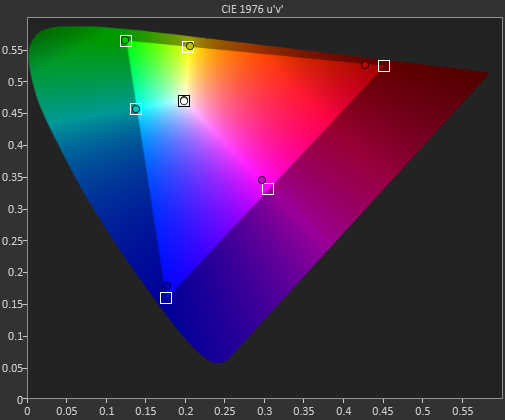
Finally we see that the saturations chart shows slightly more error as well, with some numbers creeping over 2.0 here. Even now they will still only be visible when directly next to the correct color sample, and even then it will be almost impossible to tell. For print and photo work, the U3014 will still work very well; it just seems to perform slightly better at high backlight levels.
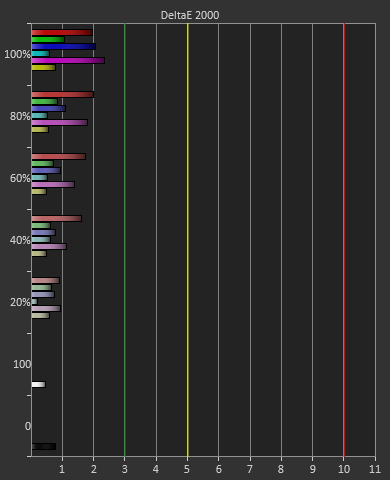


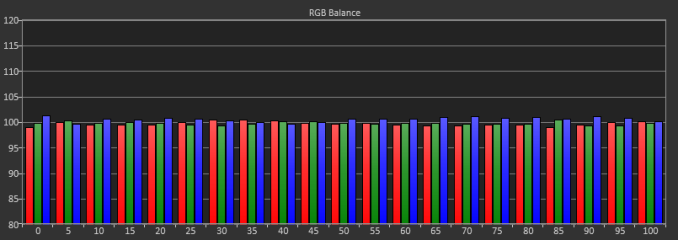
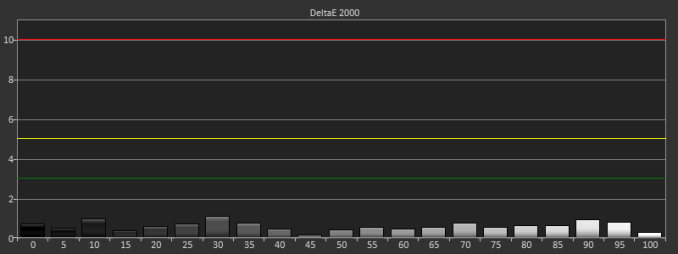











84 Comments
View All Comments
zer0future - Monday, April 15, 2013 - link
Would you guys be able to review the new monitors from Monoprice.com? Here is the link for anyone interested.http://www.monoprice.com/products/subdepartment.as...
The 27 inch model apparently uses the same panel as the apple cinema display. These prices are also quite competitive so they have me interested.
cheinonen - Tuesday, April 16, 2013 - link
I'm talking to them, though I personally think the 30" would make for a more interesting review as we've covered a lot of the 27" IPS panels now. Also, if you look back at the two LG 29EA93 reviews that I did, you can see that the panel only makes up a small part of the performance of a display. The corresponding electronics are a huge factor in performance, so I don't recommend just looking at the panel to determine the performance.Trefugl - Tuesday, April 16, 2013 - link
It is great to hear that you are in talks with Monoprice! I would be grateful for a review of either model, but would be more interested in the one with an OSD. I'm concerned with having a wide gamut screen that has no sRGB mode or color correction on board, tho the potentially reduced input lag of not having processing is alluring as well.cheinonen - Thursday, April 18, 2013 - link
I don't believe any of the Monoprice displays are wide gamut, only sRGB gamut. It looks like the 30" one has a 10-bit panel, but that's certainly 8-bit with AFRC, which might give you better gradients, but won't give you a wider gamut.B3an - Tuesday, April 16, 2013 - link
Chris, i'd really appreciate it if you could help me as i'm thinking of buying this monitor. Do you have any idea at all if the i1Display 2 will calibrate this monitor well? It comes with Eye-One Match 3 software.And what software would you recommend most for calibration? dispcalGUI?
cheinonen - Tuesday, April 16, 2013 - link
Personally, I wouldn't use an i1Display2 anymore for color accuracy. With the design of the i1Display2, and the fact that they haven't been made for a year or two now, the filters degrade over time so that anything it is reading now may or may not be accurate at all. It can read light levels correctly, so white and black light output, but not the colors of light. I have a pair of them here and testing them now compared to the i1Pro, I see dE2000 errors > 10 in the grayscale using it. The standard calibrated modes are going to likely be more accurate.I like dispcalGUI. I haven't used the most recent version, but I've been using it for a long time now and they do a great job adding more and more features to it.
von Krupp - Tuesday, April 16, 2013 - link
You know what's missing from this monitor? Support for 5.1 output like its out-going predecessor. I make great use of that feature on my U2711, and not having it here is a major deal-breaker. I run my Xbox 360 to the monitor via HDMI and pipe the audio out through the analogue 5.1 jacks to Logitech X-530s. I would not be able to do that with these new monitors.I might be a hold-out, but one of the primary selling points for me on the U3011 and U2711 was the fact that, for a PC monitor, they offered a diverse array connectivity. You can do HDMI, composite, component, DVI, VGA, and DP all on the same monitor. You can also, as mentioned, earlier, output to analogue 5.1 surround. This monitor is not worth the $1500 asking price in light of this "streamlining" of features. If I'm paying top-dollar for a monitor whose predecessor I already own, I want it to have all of the capabilities of that predecessor and then some. $1500 for what is only a good panel and LED back-lighting is a raw deal no matter how you slice it.
jamyryals - Tuesday, April 16, 2013 - link
Chris, my coworker has a Nixeus 27inch monitor attached to a 2012 MBP. His Nixeus has the same problem of not activating after sleep sometimes as well. A simple power cycle gets it going again for him too. Just another data point to indicate where that particular problem may be.l_d_allan - Tuesday, April 16, 2013 - link
The 2010 and 2011 models are coming down in price nicely. I just ordered a U2410 that should be a significant upgrade from my current Samsung TN panel that only has about 70% of sRGB.The only significant difference I'm aware of to the U2413 is the hardware calibration capability, but I have a Spyder rather than X-Rite, so my understanding is that is a non-issue. YMMV.
cheinonen - Tuesday, April 16, 2013 - link
The U2410 is a CCFL backlight and the U2413 utilizes the G-B LED backlight that the U3014 uses. It also has the MiniDP and DisplayPort inputs and a DisplayPort output for using MST, and USB 3.0 over 2.0. It loses the analog inputs that the U2410 has, so if you have a need for those it is certainly the one to use. Since you're using a Spyder, the calibration software is a non-issue.